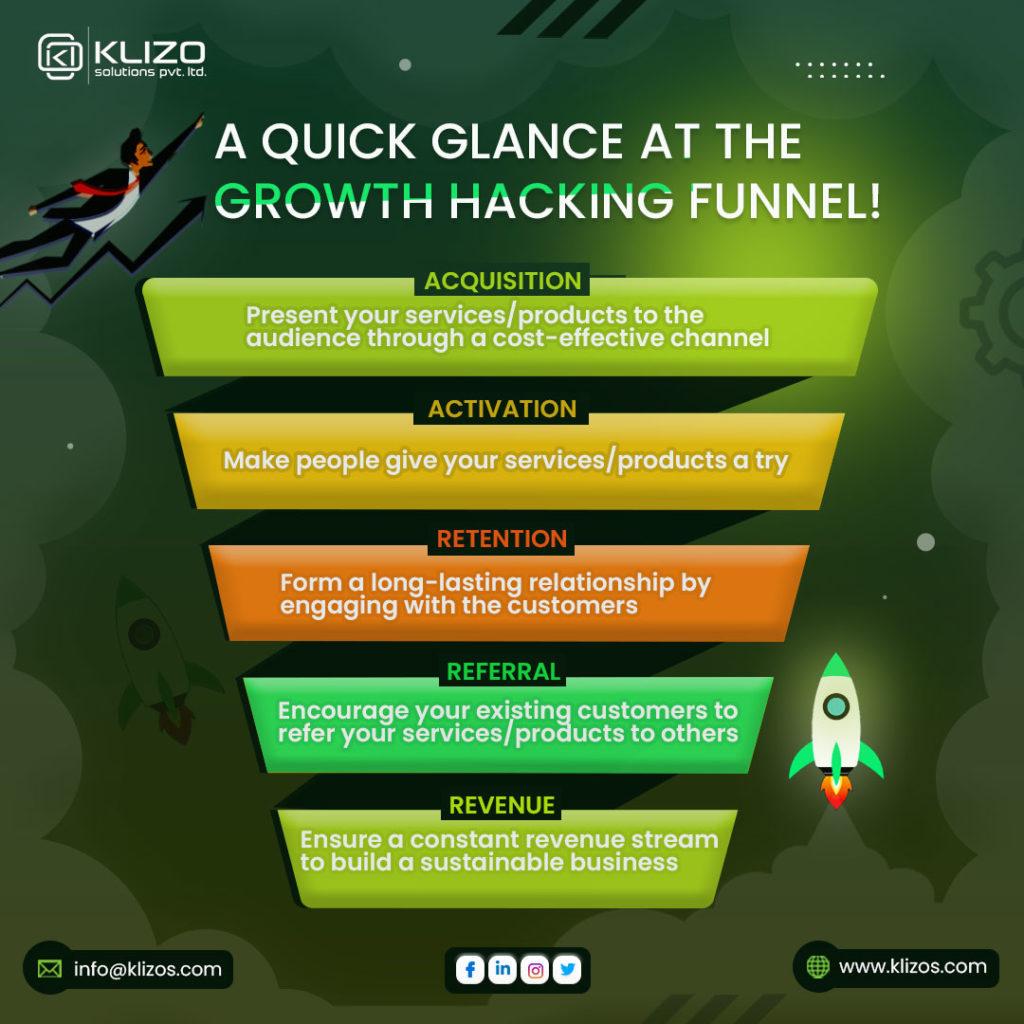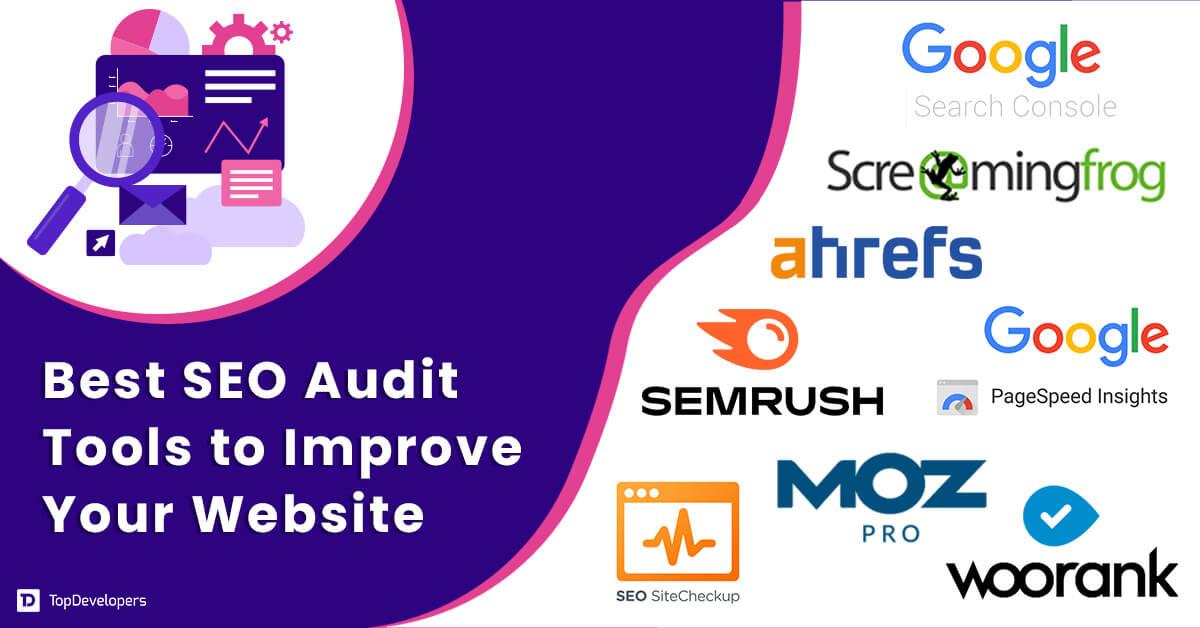introduction:
Hey there, aspiring web wizard! whether you’re a seasoned entrepreneur looking to revamp your online presence or a first-time creator ready to launch your dream project, one thing’s for sure: a well-thought-out website can make all the difference. But where do you start? With countless elements to consider—design, functionality, content, and user experience—it’s easy to feel overwhelmed. That’s why we’ve put together The Ultimate Website Planning Template: Everything You Need to Get Right. This handy guide is designed to simplify the process,ensuring that every crucial detail is covered. So, grab your favorite beverage, get comfy, and let’s dive into the essentials that will set your website up for success. You’ll be armed with everything you need to create a site that not only looks great but also engages and converts visitors like never before!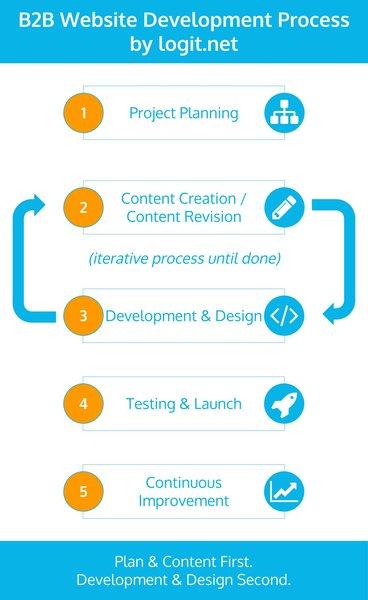
Understanding the Importance of a Comprehensive Website plan
When embarking on a new website project, having a structured plan is not just beneficial; it’s essential. A comprehensive website plan serves as the blueprint of your online presence, ensuring that every aspect aligns with your business objectives and audience needs.By laying out your goals and strategies in advance, you can avoid common pitfalls and streamline the progress process.
Here are some key elements that should be included in your website plan:
- Target Audience Analysis: Understand who your visitors are, their preferences, and their behaviors. Tailor your content and design to meet their expectations.
- Site Architecture: Outline the structure of your website,including key pages and navigation paths. This ensures users can easily find what they’re looking for.
- Content Strategy: Develop a plan for the types of content you will create and how it will be distributed. This includes blog posts,videos,infographics,and more.
- SEO Considerations: Incorporate search engine optimization from the start. Identify keywords and phrases that will help your site rank higher in search results.
- Design Elements: Decide on the visual aspects of your site, including color schemes, typography, and layout. Consistency in design enhances user experience.
Moreover, a well-thought-out website plan can facilitate collaboration among team members and stakeholders. When everyone is on the same page, it becomes easier to share ideas and execute tasks efficiently. Consider using a project management tool to track progress and deadlines, ensuring that no detail is overlooked.
A comprehensive plan also allows for better budgeting. By breaking down costs associated with each component of the website—from design and development to hosting and maintenance—you can allocate resources more effectively. Here’s a simple breakdown of potential costs:
| item | Estimated Cost |
|---|---|
| Domain Registration | $10-$20/year |
| Web Hosting | $60-$120/year |
| Website Design | $500-$5,000 |
| Content Creation | $100-$500/post |
| SEO Services | $300-$1,500/month |
Ultimately,a comprehensive website plan is the foundation for a accomplished online platform. It not only clarifies your vision but also helps you to track your progress and ensure that you’re meeting your objectives. By investing time upfront to plan thoroughly, you can create a website that stands out and drives results for your business.
Key Components of an Effective Website Planning Template
creating an effective website planning template is essential for ensuring that your online presence is not only visually appealing but also functional and user-kind. A well-structured template serves as a roadmap, guiding you through the various components necesary for a successful website. Here are some key components to consider:
- Goal Setting: Start by defining the primary objectives of your website. Are you looking to generate leads, sell products, or provide data? Clear goals will shape the direction of your design and content.
- Target Audience: Understanding who your audience is will inform your design choices and content strategy. Create user personas to visualize your ideal visitors,their needs,preferences,and pain points.
- Sitemap Structure: Organizing your content in a logical hierarchy is crucial. A sitemap outlines how pages will be linked and can help prevent content clutter, ensuring a smooth user experience.
- Content Strategy: Develop a plan for your website content, including blog posts, product descriptions, and landing pages. Each piece of content should align with your goals and resonate with your target audience.
- Design Elements: Consider aesthetics such as color schemes, typography, and imagery. These should reflect your brand identity and appeal to your audience, creating a cohesive look and feel.
- Technical Specifications: Outline the technical requirements for your website,including platform choice (e.g., WordPress, Shopify), hosting options, and essential plugins for functionality.
Don’t overlook the importance of user experience (UX) and search engine optimization (SEO). A successful website planning template should include:
| Component | Considerations |
|---|---|
| User Experience (UX) | Navigation ease, mobile responsiveness, and page load speed. |
| Search Engine Optimization (SEO) | Keyword research, on-page optimization, and quality backlinks. |
incorporate a timeline and budget into your planning template. This will help keep your project on track and within financial limits. Outline key milestones for each stage of the website development process, from initial designs to final launch. By carefully mapping out these components, you set the foundation for a website that not only meets your goals but also resonates with your audience.

Setting Clear Goals: Defining Your Website’s Purpose
When embarking on the journey to create your website, one of the first and most crucial steps is to establish clear goals that define its purpose. Without a focused direction,your website can easily become a scattered collection of ideas rather than a cohesive platform that effectively serves its intended audience. By pinpointing specific objectives, you can streamline your design, content, and marketing efforts to achieve maximum impact.
To set these goals, consider the following key questions:
- What do you want to achieve? Are you looking to sell products, share information, build a community, or something else?
- Who is your target audience? Define who will benefit from your website and what their needs and preferences are.
- What action do you want visitors to take? Whether it’s signing up for a newsletter, making a purchase, or engaging with your content, pinpoint the desired actions.
Once you have a grasp of your main goals, it’s beneficial to categorize them. This can help in prioritizing tasks and measuring success. Consider setting:
| Goal Type | description |
|---|---|
| Short-term Goals | speedy wins that can be achieved within a few months, like increasing social media followers or launching a blog series. |
| Long-term Goals | Broad objectives that evolve over time, such as expanding product lines or establishing industry authority. |
| Measurable Goals | Specific targets that can be quantified, such as achieving a certain number of monthly visitors or sales. |
Remember, it’s essential to make your goals SMART—Specific, Measurable, Achievable, Relevant, and Time-bound. This approach not only clarifies your ambitions but also provides a framework for evaluating your progress and making necessary adjustments. As your website grows, revisit these goals regularly to ensure they remain aligned with your mission and the evolving needs of your audience.
Ultimately, defining your website’s purpose through well-set goals is about creating a meaningful experience for your users. A clear sense of direction will not only guide your content choices but also enhance user engagement, leading to higher satisfaction and loyalty. With the right goals in place, you’re equipped to build a website that resonates with your audience and stands the test of time.
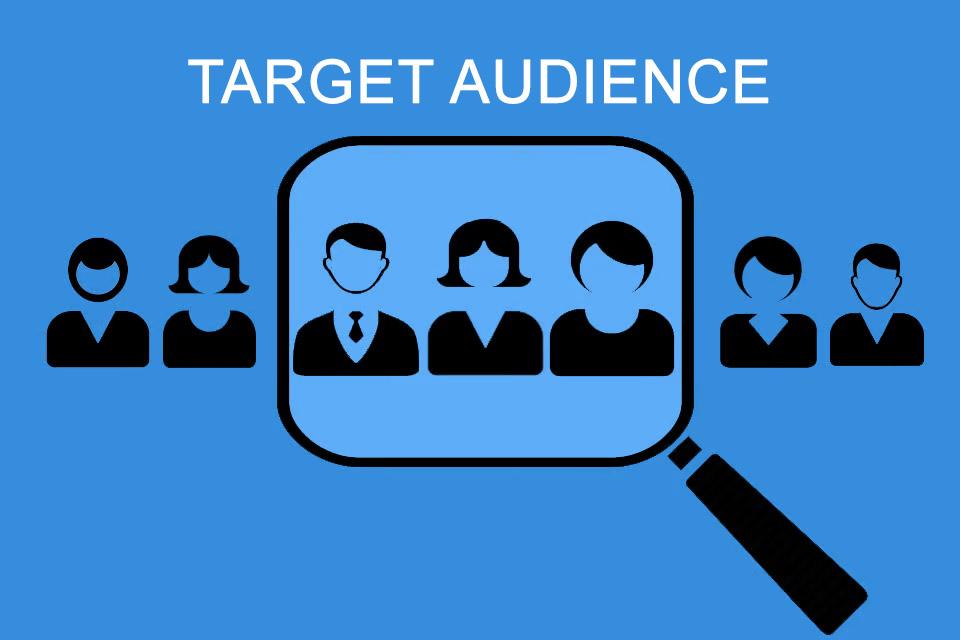
Identifying Your Target Audience for Maximum Impact
Understanding who your audience is plays a critical role in shaping your website’s content, design, and overall strategy. start by creating a detailed profile of your ideal visitor. Consider factors such as:
- Demographics: Age, gender, location, and income level.
- Interests: Hobbies, preferences, and lifestyle choices.
- Behaviors: Online habits, purchasing behavior, and engagement patterns.
Utilizing tools like Google Analytics and social media insights can definitely help you gather valuable data about your current audience. Look for trends and common characteristics that can inform your decisions. These insights will allow you to hone in on specific segments that are more likely to convert, making your marketing efforts more effective.
Next, consider creating personas based on your findings. A persona is a fictional character that represents a segment of your audience. By building out these personas, you can tailor your website’s messaging and design to better resonate with your ideal visitors. For example, if you identify a tech-savvy audience, incorporating modern design elements and interactive features could enhance their experience.
Another key aspect is to identify the pain points and needs of your audience. Conduct surveys, interviews, or even engage in social media conversations to uncover the challenges they face. Here’s a simple table that summarizes how to align your content strategy with their needs:
| Audience Need | Content Strategy |
|---|---|
| Seeking Solutions | create how-to guides and tutorials. |
| Desire for Community | Implement forums or comment sections. |
| Looking for Expertise | Feature expert interviews and case studies. |
Lastly, test and refine your understanding of your audience.Monitor engagement metrics, conduct A/B testing on your website elements, and adjust your strategies as needed.This continuous cycle of feedback and advancement will ensure that your site remains relevant and compelling to your target audience, ultimately leading to increased conversions and loyalty.
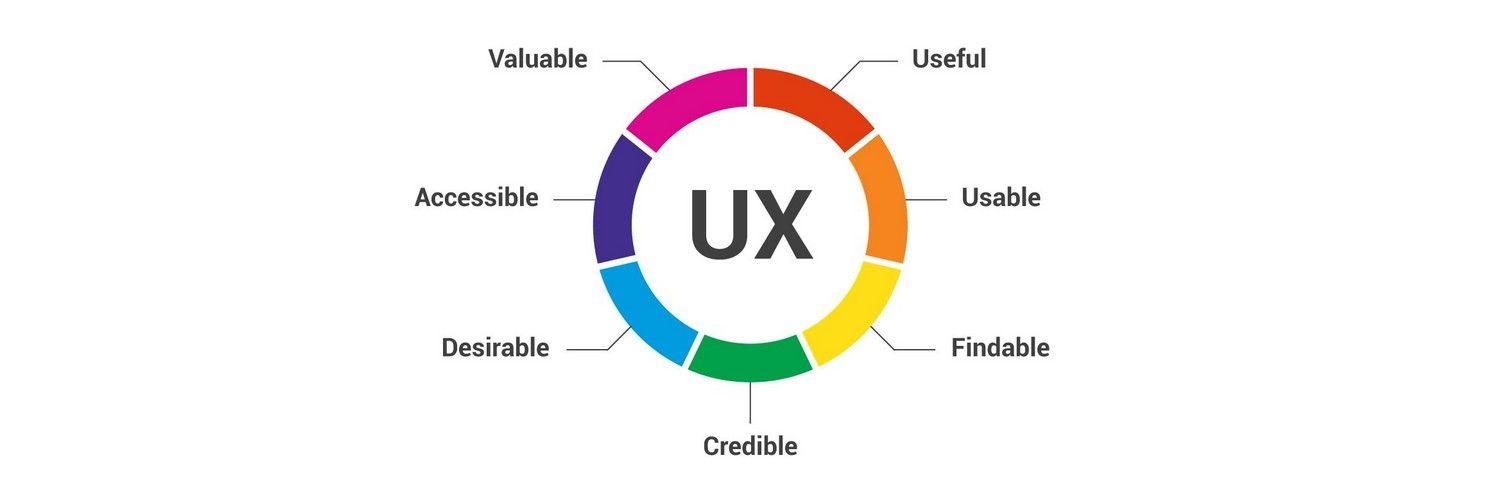
Crafting an Engaging User Experience from the ground Up
Creating a website that captivates users starts long before the first line of code is written. It requires a strategic approach to planning that takes into account the needs and expectations of your target audience.By prioritizing user experience (UX) from the outset, you can ensure that every decision you make serves to engage, inform, and delight your visitors.
Begin by clearly defining your audience demographics. Understanding who your users are will allow you to tailor your website’s design and content to meet their specific needs. Consider factors such as:
- Age: What age group are you targeting?
- Interests: What are their hobbies or professional interests?
- Technology Comfort Level: Are they tech-savvy or do they prefer simplicity?
Next, map out the user journey. this involves outlining the steps a visitor will take to accomplish their goals on your site. A well-planned user journey helps streamline navigation and enhances satisfaction. Here’s a simple approach to visualize this process:
| stage | Goal | Key Actions |
|---|---|---|
| Awareness | Discover your website | SEO, Social Media, Ads |
| Consideration | Explore offerings | Navigation, content Browsing |
| Conversion | Complete a purchase or sign-up | Clear Calls to Action, Easy Checkout |
As you develop your website’s structure, keep in mind that visual hierarchy plays a crucial role in guiding users through your content. Use contrasting colors and varying font sizes to emphasize crucial information and ensure that your layout is intuitive. The goal is to lead users effortlessly from one section to the next,making their experience as seamless as possible.
don’t underestimate the power of testing and feedback. Once your site is functional, conduct usability tests with real users to gather insights. Their feedback can be invaluable in identifying pain points or areas for improvement. Regularly revisiting and refining your website based on user input will help you craft a truly engaging experience that evolves alongside your audience’s needs.
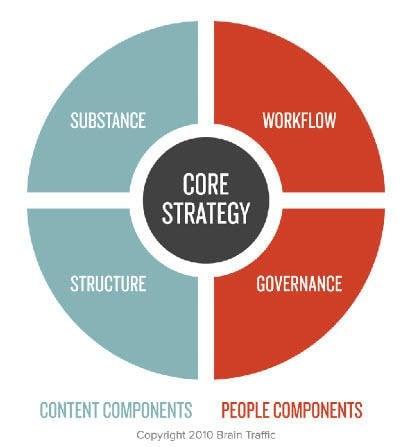
Essential Content Strategies to Keep Users Coming Back
In the fast-paced digital landscape, keeping users engaged is paramount. One of the most potent ways to ensure visitors return to your site is by implementing effective content strategies. Here are some approaches that can significantly boost user retention:
- Regularly Updated content: Fresh content not only enhances SEO but also gives users a reason to return. Consider creating a content calendar to schedule regular updates.
- Interactive Elements: Incorporating polls, quizzes, or interactive infographics can enhance user experience. These elements create an engaging environment that encourages users to participate actively.
- Personalization: Use data analytics to tailor content according to user preferences. Personalized recommendations can make visitors feel valued and more likely to return.
- Valuable Resources: Offer downloadable resources like eBooks, checklists, or templates that provide real value to your audience. This not only builds trust but also positions your site as a go-to hub for helpful information.
- Community Building: Foster a sense of community by encouraging user interactions through comments or forums. Engaged users are more likely to return when they feel part of a larger conversation.
Additionally, consider utilizing user-generated content (UGC) to enrich your website. UGC not only diversifies your content but also makes users feel invested in your platform. By showcasing reviews, testimonials, or even user stories, you can create a vibrant ecosystem where visitors contribute and benefit concurrently.
Another powerful tactic is to create content that answers common questions or addresses specific pain points within your niche. This approach can be encapsulated in a simple table format to visually organize information for your readers:
| question | Content Type | Frequency |
|---|---|---|
| How to improve website SEO? | Blog Post | Weekly |
| what are the latest design trends? | Infographic | Monthly |
| best tools for content creation? | Video tutorial | Bi-weekly |
Lastly, never underestimate the power of strong headlines and compelling visuals. A captivating headline can pique interest, while high-quality images keep users engaged longer. Always remember, the way you present your content can be just as significant as the content itself.
Choosing the Right Technology and Tools for Your Website
When it comes to building a successful website, the technology and tools you choose can make or break your project.Selecting the right options not only streamlines your development process but also enhances user experience. Here are some critical factors to consider when making your selections:
- Content Management System (CMS): A solid CMS allows for easy content updates and management. Popular choices include WordPress, Joomla, and Drupal, each serving different needs and skill levels.
- Hosting Provider: Your website’s performance relies heavily on your hosting solution. Consider speed, uptime, and support when choosing a provider. options like Bluehost,SiteGround,and WP Engine are known for their reliability.
- Design Tools: Utilize design tools like Adobe XD, Sketch, or Canva to create a visually appealing website. Don’t underestimate the power of good design in engaging users.
It’s also essential to think about the scalability of your chosen technology. As your website grows, the tools you select should support increased traffic and content without compromising performance. Here’s a brief comparison of common tools and their scalability:
| Tool | Scalability | Ease of Use |
|---|---|---|
| WordPress | High | Easy |
| Joomla | Moderate | Moderate |
| Drupal | Very High | Complex |
Furthermore,consider integrating tools that enhance functionality,such as plugins for SEO,analytics,and security. these additions can significantly improve the site’s performance and user engagement. For example:
- SEO Plugins: Yoast SEO or All in One SEO Pack help optimize your site for search engines.
- Analytics Tools: Google Analytics offers insightful data on user behavior that can guide your content strategy.
- Security Solutions: Plugins like Wordfence or Sucuri safeguard your site against cyber threats.
remember that the right technology and tools should not only meet your current needs but also anticipate future demands.Invest time in researching options, reading reviews, and testing tools before making a decision.This upfront effort can save you from costly changes and rework down the line.
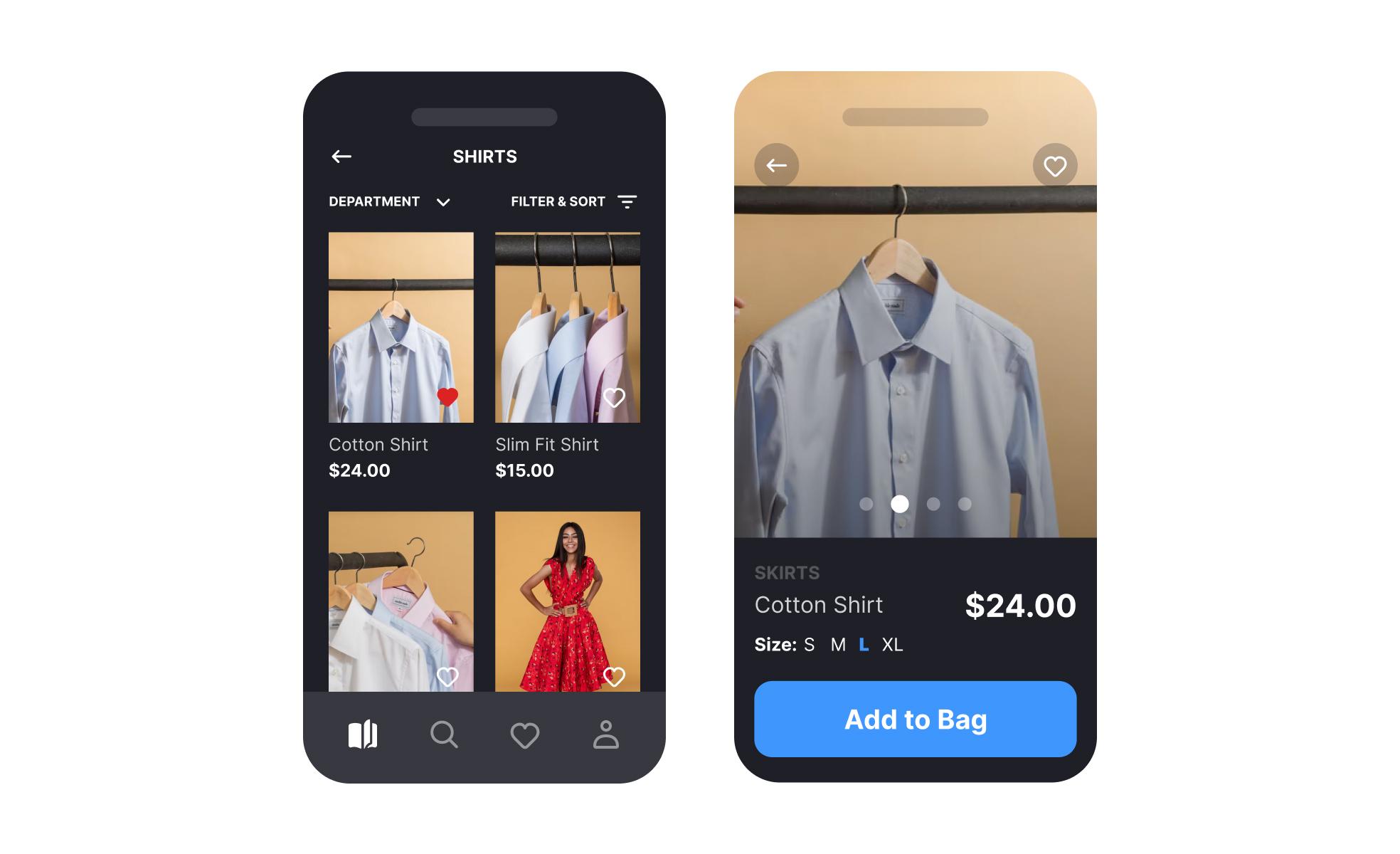
Designing for Mobile: why It Cant Be Overlooked
In today’s digital landscape, where smartphones are the primary gateway to the internet for many users, prioritizing mobile design is no longer an option—it’s a necessity. The reality is that a significant portion of web traffic now comes from mobile devices, and websites that are not optimized for these platforms risk alienating a substantial audience. A streamlined mobile experience can make the difference between a user staying on your site or bouncing back to the search results.
When designing for mobile,it’s essential to consider the following key factors:
- Responsive Design: A responsive layout ensures that your website adapts to various screen sizes,providing an optimal viewing experience across devices.
- Simplified Navigation: Mobile users benefit from straightforward navigation. Prioritize essential elements and consider implementing a hamburger menu to save space.
- Fast Load Times: Mobile users are often on the go and expect quick access to information. Compress images and minimize the use of heavy scripts to improve load times.
Moreover, understanding user behavior on mobile is crucial. Users tend to have a shorter attention span when browsing on their phones, often seeking quick information or actions. This is where the importance of content hierarchy comes into play. Organize content in a way that highlights critical information at the top, with clear CTAs that guide users toward taking the desired action.
| Element | Mobile Consideration |
|---|---|
| Buttons | Ensure they are large enough to tap easily without zooming. |
| Forms | Limit the number of fields; use autofill where possible. |
| Images | Opt for optimized images that reduce load times. |
| Text | Use legible fonts and sizes; avoid text that’s too small. |
Lastly, don’t underestimate the role of testing. Use tools like Google’s Mobile-Friendly Test to see how your website performs on mobile devices. Regular testing allows you to identify areas for improvement and adjust your design accordingly, ensuring a seamless experience for all users.
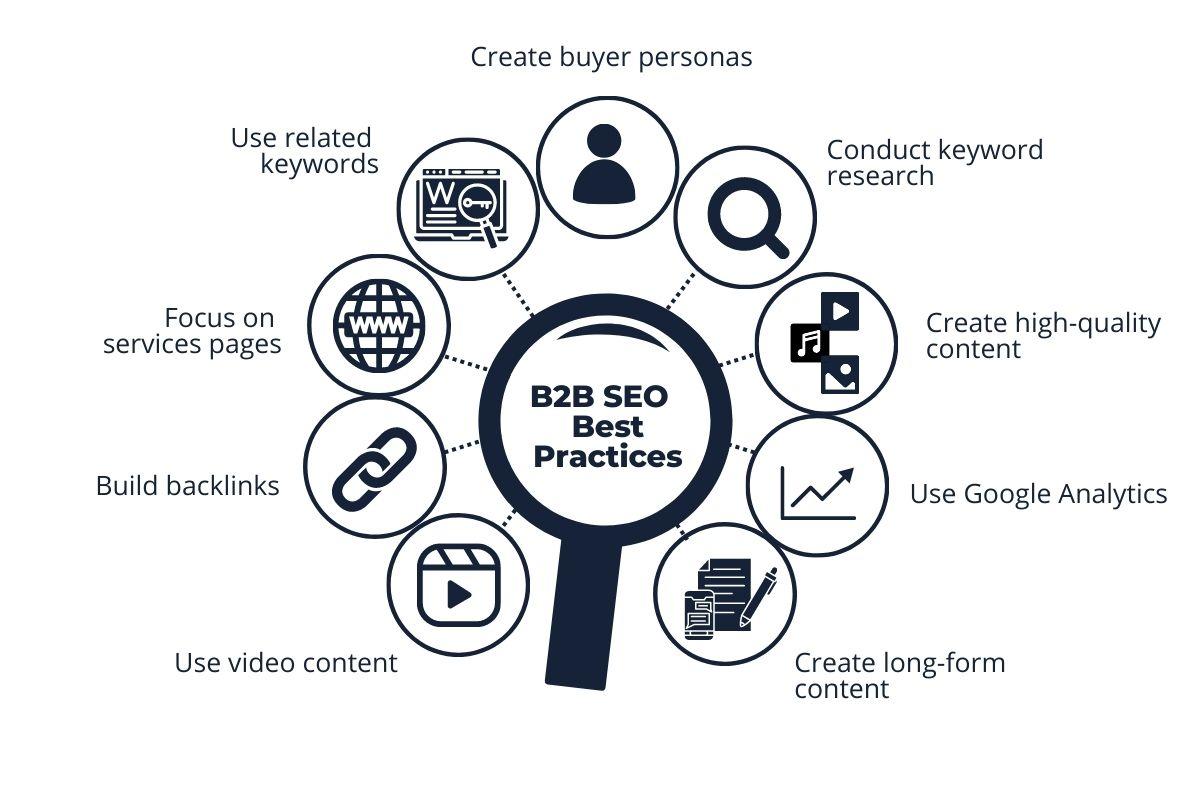
Implementing SEO Best Practices from Day One
Starting your website with a solid SEO foundation is essential for long-term success. Implementing SEO best practices from the very beginning can significantly improve your online visibility and drive organic traffic. Here are some key strategies to consider:
- Keyword Research: Before you even draft your first piece of content, conduct thorough keyword research. Identify the terms and phrases your target audience is searching for. Utilize tools like Google Keyword Planner or Ubersuggest to find relevant keywords.
- on-Page SEO: Ensure that each page of your website is optimized for both users and search engines. This includes using keywords in your titles, headers, and meta descriptions.Remember to keep your content valuable to your readers.
- Mobile Responsiveness: With more users accessing websites on mobile devices, having a mobile-friendly design is crucial. Use responsive design techniques to ensure that your site looks great and functions well on all screen sizes.
- Site Speed: A slow-loading website can deter visitors and negatively impact your SEO. Optimize images, leverage browser caching, and minimize server response time to enhance your site’s loading speed.
- Internal Linking: Use a strategic internal linking structure to guide visitors and search engines through your website.This not only helps with navigation but also distributes page authority across your site.
In addition to these foundational practices, consider creating a content calendar to plan your blog posts and other content strategically. This helps in maintaining consistency and relevance in your content marketing efforts. Here’s a simple template to get you started:
| Month | content Topic | Keyword Focus | Publication Date |
|---|---|---|---|
| January | SEO Basics for Beginners | SEO tips | January 15 |
| February | How to Optimize Images | Image SEO | February 22 |
| March | The Importance of Backlinks | Backlink strategies | March 10 |
By implementing these practices right from the start, you’ll set your website up for success. Keep in mind that SEO is an ongoing process; regularly revisit and refine your strategies based on analytics and changing trends to stay ahead of the competition.

Measuring Success: Tracking Metrics That Matter
When it comes to understanding how well your website is performing, tracking the right metrics is crucial. metrics provide insights that help you make informed decisions, optimize your strategies, and ultimately drive growth. Here are some key metrics to consider:
- Traffic sources: Know where your visitors are coming from—whether it’s organic search, social media, or direct visits.
- Page views: Monitor which pages are drawing the most attention and adjust your content strategy accordingly.
- Bounce Rate: A high bounce rate can indicate issues with your content or user experience that need immediate attention.
- conversion Rate: Track how many visitors are taking desired actions, whether it’s signing up for a newsletter or making a purchase.
- Average Session duration: This metric reveals how engaged users are with your content—longer times typically indicate better engagement.
Additionally, it’s critically important to monitor user behavior on your site. Understanding how visitors navigate through your pages can reveal pain points and areas for improvement. Tools like Google Analytics or heatmap software can provide valuable insights into user interactions. consider focusing on:
- User Flow: Analyze the paths users take to discover where they drop off.
- Click-through Rates (CTR): Evaluate the effectiveness of your CTAs and links.
- Exit Pages: Identify which pages users are leaving from, so you can enhance those areas.
to streamline your tracking efforts, maintaining a dashboard that aggregates these metrics can be immensely beneficial. This allows you to visualize performance at a glance rather than sifting through individual reports. Here’s a simple table layout to consider for your dashboard:
| Metric | Current Value | Target Value | Notes |
|---|---|---|---|
| Traffic Sources | 1500 | 2000 | Focus on SEO |
| bounce Rate | 60% | 40% | Improve landing pages |
| Conversion Rate | 2% | 5% | Test new CTAs |
By focusing on these critical metrics, you can create a more efficient and effective website planning strategy.Remember, success is not just about numbers; it’s about understanding what those numbers mean and how they can inform your next steps. Regular reviews and adjustments will put you on the path to achieving your website goals.
Frequently Asked Questions (FAQ)
Q&A: The Ultimate Website Planning Template
Q1: What exactly is “The Ultimate Website planning Template”?
A1: Great question! “The Ultimate Website Planning Template” is a comprehensive guide designed to help you streamline the process of creating a website. It covers everything from defining your goals and target audience to selecting the right design elements and content strategies. Think of it as your roadmap to a successful website!
Q2: Why do I need a website planning template? Can’t I just wing it?
A2: While you could technically wing it, that approach often leads to confusion and missed opportunities. A planning template provides structure,ensuring you don’t overlook essential elements like user experience,SEO,and content creation. By following a template, you stand a better chance of building a website that not only looks good but performs well too!
Q3: Who is this template designed for?
A3: The beauty of this template is that it’s for everyone! Whether you’re a small business owner, a freelancer, or someone looking to start a personal blog, this template is tailored to suit various needs. It simplifies the planning process, no matter your level of expertise.
Q4: What are the key sections included in the template?
A4: The template includes several crucial sections, such as:
- Goal Setting: Define what you want your website to achieve.
- Target Audience: Identify who your website is for.
- Content Strategy: Plan what type of content you need.
- Design Elements: Think about your site’s aesthetic and functionality.
- SEO Considerations: Outline strategies for optimizing your site for search engines.
With these sections, you’ll have a well-rounded foundation for your website.
Q5: How can using this template improve my website’s performance?
A5: By following the template, you’re essentially ensuring that every aspect of your website is thought through. When you have clear goals, a defined audience, and a solid content strategy, your website is more likely to engage visitors, encourage conversions, and rank well in search engines. In short, it can lead to better user experiences and improved outcomes for your business!
Q6: What if I’m not tech-savvy? Will this template still work for me?
A6: Absolutely! The template is designed to be user-friendly and easy to understand, even for those who may not be technically inclined. It breaks down complex concepts into manageable steps, making it accessible for everyone.Plus, there are plenty of resources and guides out there to support you along the way.
Q7: Can I customize the template to fit my specific needs?
A7: Definitely! The template is flexible and should be customized to reflect your unique vision and requirements. You can add sections, modify existing ones, or focus on areas that are particularly important to you. It’s all about making it work for your project!
Q8: Where can I get “The Ultimate Website planning Template”?
A8: You can easily grab your copy online! Many platforms offer downloadable versions of the template, often at a very reasonable price or even for free. Just look for reputable sources, and you’ll be on your way to planning the website of your dreams!
Q9: I’m still hesitant. How can I be sure this template is worth my time?
A9: I understand your hesitation! But think of this template as an investment in your online presence. Countless users have found that using a structured plan not only saves time but also leads to more successful websites. Plus, when you consider the potential return on investment from a well-planned site, it’s hard to argue against its value!
“The Ultimate Website Planning Template” is your key to unlocking a powerful online presence. With the right planning, you can turn your ideas into a functional, appealing website that attracts and retains visitors. Ready to dive in? Let’s get planning!
Insights and Conclusions
And there you have it—the ultimate website planning template that’s designed to take your online presence from good to great! Whether you’re launching a new site or revamping an existing one,this comprehensive guide has everything you need to cover your bases and set yourself up for success.
Think of this template as your trusted sidekick in the world of web design. By following these steps, you’re not just planning a website; you’re creating a powerful tool that will engage your audience, reflect your brand, and drive results.
So why wait? Dive in, customize the template to fit your needs, and watch as your ideas come to life. Remember,a well-planned website is the foundation of any successful online venture. Don’t leave your success to chance—take control and start planning today!
If you found this article helpful, feel free to share it with others who might benefit from it. And as always, we’d love to hear your thoughts or any tips you’ve discovered in your own website planning journey.Happy planning!



